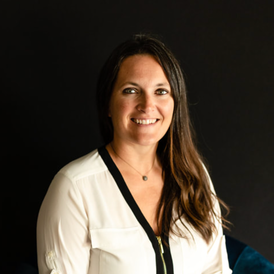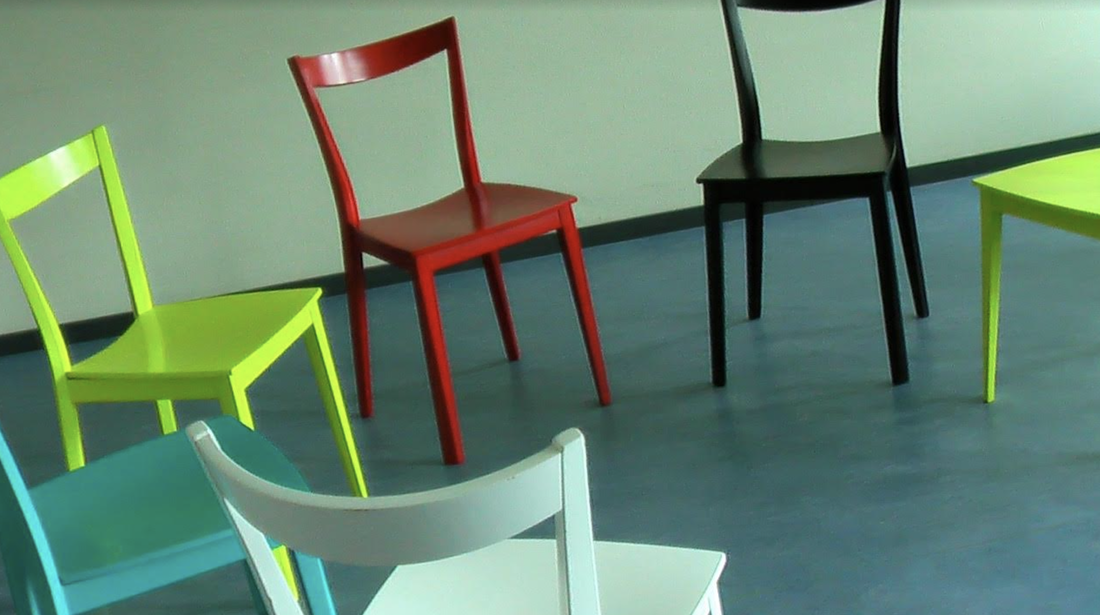|
I am privileged to facilitate restorative circles at our school. Sometimes these are between a few students and other times a circle is held for a whole class. It is a privilege because there is something uniquely human about connecting through language and communication and it is deeply touching to witness and take part in this type of human connection. I began our journey with restorative circles during the 2020-2021 school year. The start to the school year was a rocky one -… children coming back to school after 7 months away from it, many of whom spent a lot of time staring at screens. We had also moved to a larger location for our older students, which had its own set of stressors. We had new staff members, new students, a new location, and the trauma of an ongoing worldwide pandemic to navigate. When my oldest was little, well before he was even 2 years old, he could sense the emotions of others and yet struggled with his own emotions. I remember vividly locking eyes with my sister when her weeklong visit from Phoenix was coming to an end as he would “act up”… perhaps yelling or crying or just acting out of character. I was amazed to intuit that he could sense my sadness at her leaving, as well as the hole that would be in our routine from having had her around for the past wonderful week. I also found it interesting to see how he struggled with voicing his own sadness or frustration that she would be gone. I unconsciously filed these things away. After having my other son and working with other children for the past 6 years, I continue to file these experiences away as I now help them name their emotion and work to respond to it, instead of react. This is not a natural behavior for me but has come with practice as well as confidence in my own intuition to guide me. All that to say that our children have suffered, as we all have, at the hands of the stress of the current world. (I have some thoughts about the sensitivity of children and how I believe it has the potential to guide us into a new age of connectedness, but I am still pondering how to put that thesis into words and exploring it further.) With a sense of determination, I began to dig into the practice of restorative circles as I was convinced that our students were feeling a lot more than they were able to express and I wanted to help. This is a precious practice. It is a safe way for humans to share thoughts, talk through disagreements, provide feedback, challenge each other while also supporting one another, and learn self-regulation, respect and communication. As the host, I prepare the space, creating a center to our circle in which to place a symbol of our intention. (We use a book that our very own, Nancy Walker, made for us.) I invite the students and we circle up and start by reading through our circle guidelines. I help create an intention for the circle. Perhaps we are focusing on how we can show up as leaders. Or maybe there’s been an issue between a few students and we focus on how to rebuild and heal relationships. Then we pass our talking stone (a large heart shaped rock my youngest found in our yard years ago) and begin with a check in. Students are encouraged to share an emotion they are coming into the circle with. This allows them practice in identifying their emotions. And then we begin. Students can pass if they choose not to share, but most participate freely and energetically. This practice is special because it gives us a chance to truly connect, to see each other clearly, to hear one another, and live in community together. We learn to support each other, even when we are being challenged. We learn to listen and truly hear each other. I guide the circle without a set direction and allow the conversation to flow organically, relying on my intuition to guide it to fruition. I have been able to use this practice with my own family and have even been able to lead some circles with other families. When my oldest was feeling my sadness at my sister leaving and struggling to handle his own feelings of sadness about it, I wasn’t sure how to help him. But when I filed those observations away, I am able to bring them back out as I navigate our students’ place in our school and how they are holding space for their emotions, themselves, and each other. I feel lucky that I am able to help children identify their emotions, communicate them with others, and learn how to process them. Feelings don’t go away, but we have a choice… do we react or respond to them? Reaction leaves us feeling out of control and acting out in a way that doesn’t feel true to who we really are. Responding allows us to use our emotions to grow, learn more about ourselves and our environment, and become responsible and loving members of our community. (Because we have been practicing these for almost 2 years now, I’m not sure where to give credit to our guidelines, but there are more resources here and here.) Maggie Barth TIS Founder, mother, Educational Architect and advocate of children through education reform
0 Comments
Leave a Reply. |
TIS StakeholdersA collection of thoughts, ideas and reflections from our educators, students, and families. Archives
September 2023
Categories |


 RSS Feed
RSS Feed
